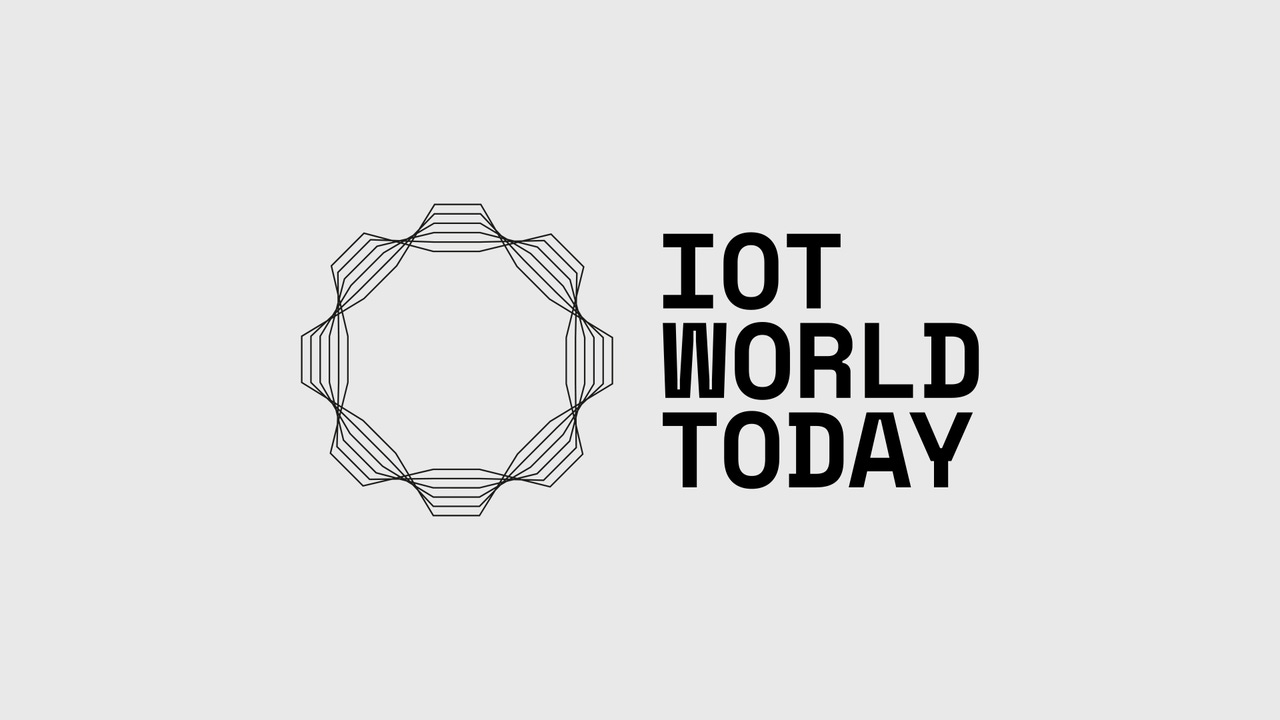Samsung's Harman subsidiary and Microsoft team up on smart airports
A multidimensional technology partnership leverages sensors, wearables, predictive analytics and Microsoft’s Azure IoT Hub to boost the efficiency at airports.
July 12, 2017

It makes sense to transform airports into smart buildings. After all, airports themselves are not merely buildings but machines designed to transport airplanes, passengers, luggage and cargo to precise locations as efficiently as possible. But everyone knows that airports can be chaotic, overwhelming places where ordinary events like a gate change or the need to swap out an airplane’s tire can cause major disruptions.
Such problems are, of course, not just a headache for passengers—they come at a high cost to airlines. A 2013 study from the trade group Airlines for America found that each minute of a delay costs airlines $78.17. Globally, such delays cost the aviation industry billions of dollars each year, as do costs associated with other inefficiencies such as mishandled baggage.
Airlines, however, are beginning to leverage smart building technology and data analytics to boost operational efficiencies. “Let me give you an example,” said Jim Heesacker, vice president of business development and strategic alliances at Samsung Electronics America while at the Microsoft Inspire event in Washington, D.C. “Let’s say an airline is planning on flying into an airport and arriving at gate A2. But there is a weather-related delay, and they have to change to C2.” The airline would have to figure out how to quickly transfer several workers from one terminal to another. That can be complicated if, for instance, several passengers on that flight need wheelchair accommodations. “You are not likely going to get the workers pushing wheelchairs to get from terminal A to C very easily,” Heesacker notes.
IoT technology, however, makes it possible to do real-time re-routing and redistribution to see if any available workers in terminal C can be reassigned to the new gate.
Samsung, through its Harman subsidiary, has hooked up with Microsoft to make scenarios like this a reality. The companies have joined to deploy an asset-tracking and predictive maintenance tool that leverages Samsung sensors in conjunction with the Azure IoT Hub. A Harman predictive analytics platform can help airport staff make decisions on the fly while communicating relevant data to employees via a wearable device or smartphone.
“We started off by focusing on one use case,” says Christopher Norwood, director of Harman Connected Services. “We put this vibration sensor attached to [a Samsung] ARTIK gateway and connected it to the aerobridge connecting the airplane to the airport,” he says. When the jet bridge connects to a plane, it sends an alert to the relevant employees. In the case of a gate change, managers can use the data to help locate and move assets to the new gate.
Putting sensors on jet bridges and wheelchairs while connecting workers with wearables is just the beginning, however. “The beauty of the enterprise IoT technology is how it scales,” Norwood says. “We can put sensors almost anywhere and use a single platform to connect the employees to drive efficiency,” he explains. If a facilities manager wants to put a sensor on a janitorial cart, Harman can accommodate that. “Let’s say there was a spill at gate 5 and the facilities manager is worried that someone could get hurt and sue,” Norwood says. “By connecting the janitorial equipment and workers, the manager can identify the quickest way to address that problem.”
Heesacker has a similar opinion when it comes to the scalability of the technology. “When you walk into the room and talk to the facilities maintenance folks, we are solving longstanding problems,” he says. By simply listening to these workers, they can identify problem areas and potential solutions. “When we hear that they clean restrooms every hour whether it needs it or not, we explain how they can use technology to that same job more efficiently,” he explains. “You can, for instance, put sensors outside of the restroom to track how many people go in and out. “By using technology, a facilities manager can say: ‘We can predict that the airport will be a little slow tonight so we can let three people go home early.”
Heesacker and Norwood report that they see the adoption of smart facilities expanding quickly and that the collaboration between Harman, its new parent Samsung and Microsoft makes it easier for them to launch and scale such projects. “It’s a framework,” Norwood explains. “It can work anywhere that has a focus on asset tracking, equipment tracking and end-to-end endpoints. That extends across multiple different verticals including airports and transportation, manufacturing, healthcare, and facility maintenance.”
“Here’s another example,” Heesacker says. “I recently spoke with a CIO at a large facilities management company, and he said his margin on employees is 3%.” Even though the company’s margins are razor-thin now, the CIO thinks that he can tap IoT technology to transform the firm into a disruptive force. “We see that same pattern across verticals.
“It wasn’t long ago that we heard a lot of people asking what IoT means. Now, you are seeing a lot more CEOs and CIOs making IoT part of their strategic curriculum,” Norwood says.
About the Author
You May Also Like






